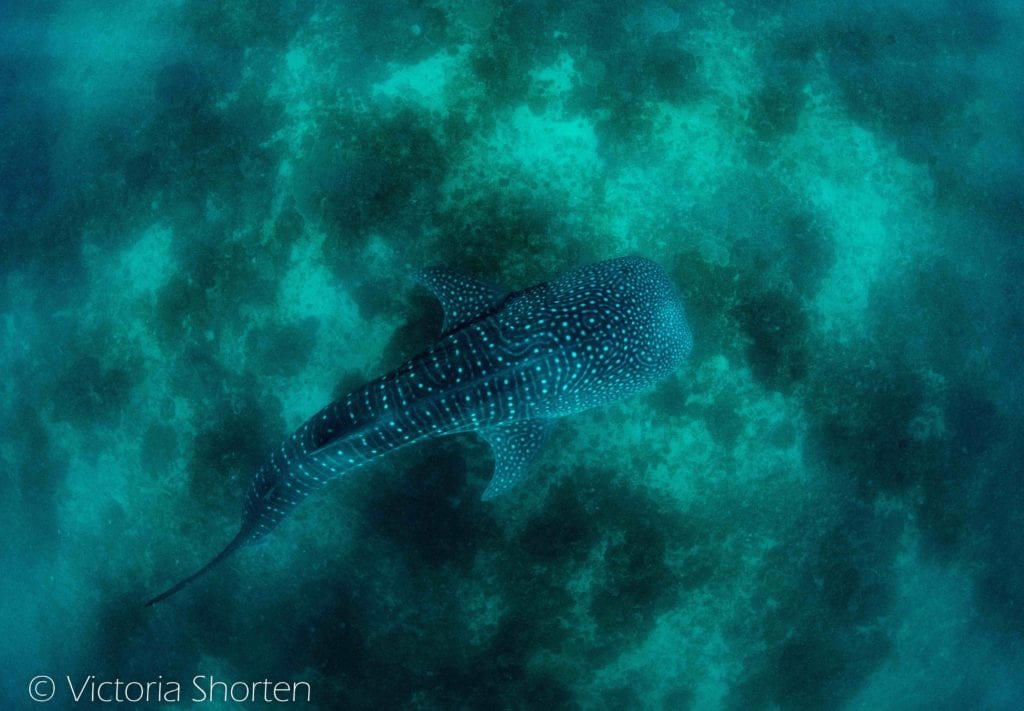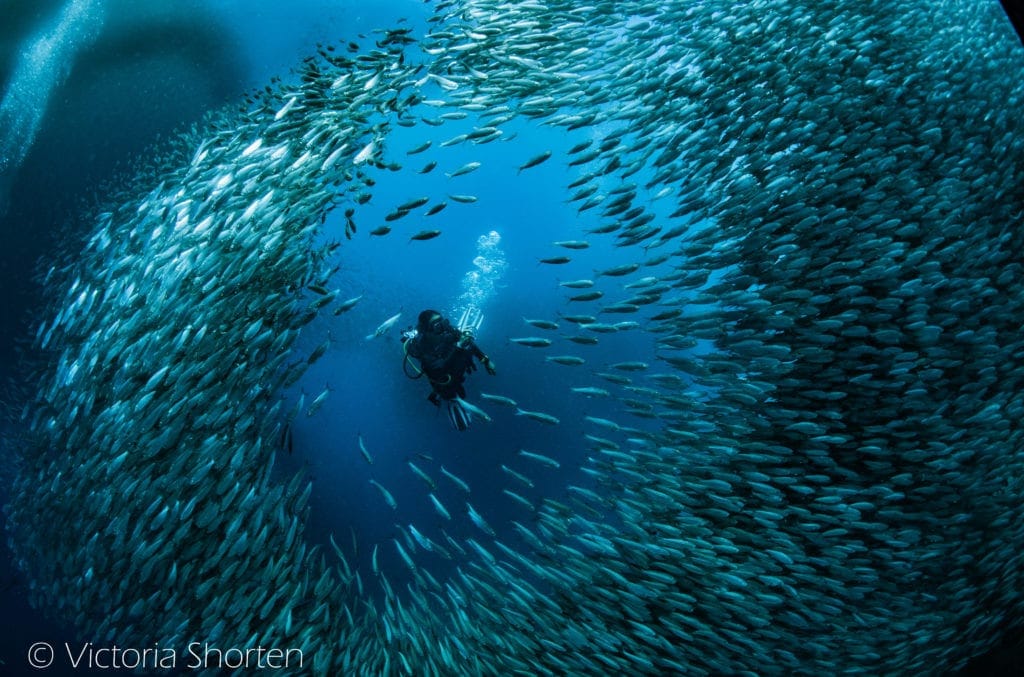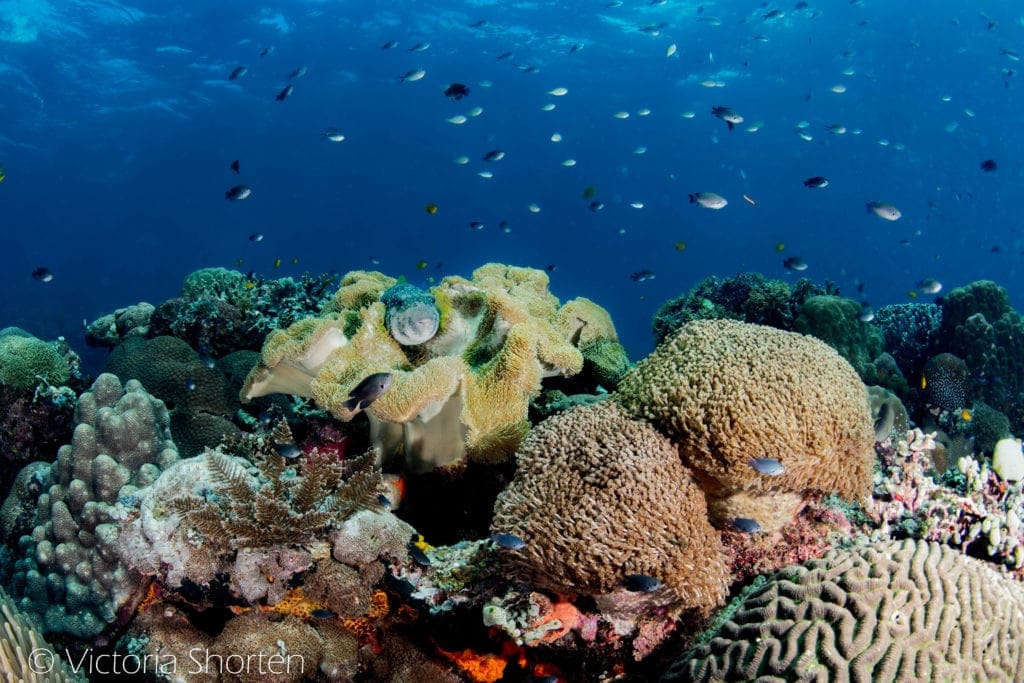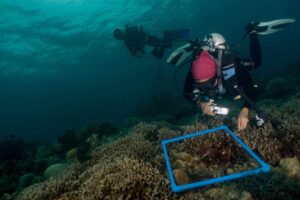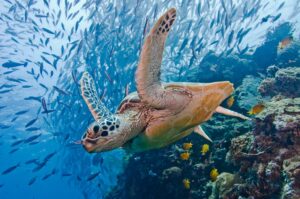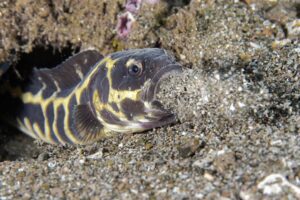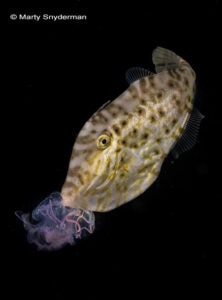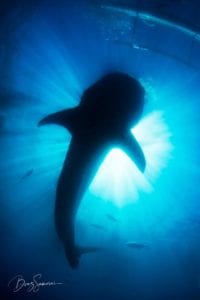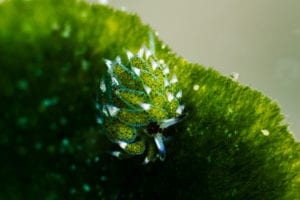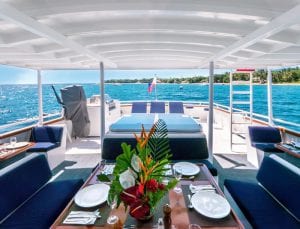The whale shark is the world’s largest fish that can reach a length of 20 metres and live over a century! They reach maturity between 25 – 30 years old, which is one of the reasons why they are, and have been, subject to overexploitation, particularly in the Indo-Pacific. If captured young, they will not be able to reach sexual maturity and reproduce.
In the Philippines, the whale shark was hunted for meat and fins into the 90’s, driven through an increased demand from East Asia. The butanding, as it is commonly known in Tagalog, suffered greatly from fisheries in the Philippines, Taiwan and China into the 2000s. The Philippines took an early stand on their conservation efforts, declaring the species protected in 1998 and setting a precedent that endures still today.
The Philippines hosts the second largest known population of whale sharks across various hotspots in the country, one of which is in Pintuyan, Southern Leyte, where whale sharks visit seasonally to feed on plankton-rich waters close to shore. Scientists have tracked whale sharks moving between the Philippines and neighbouring countries including Taiwan, Malaysia and Indonesia. The species is highly mobile and can normally travel about 10,000 km a year! So their management and conservation is deeply dependent on collaborative work within countries and beyond their borders. In 2017, the Philippines proposed to list the whale shark into Appendix I of the Convention on Migratory Species of the United Nations in an attempt to raise the profile of this Endangered species and prompt international collaboration. The most persistent threats to whale sharks include illegal targeted take and bycatch, vessel collisions that might lead to reduced fitness and mortality, and unsustainable tourism that might affect their habitat use (e.g. if they are feeding and aren’t able to do so in the presence of tourists). To tackle the latter one, the Philippines passed a Joint Memorandum Circular in 2020 by the four management ministries under whom the whale shark falls, to regulate all marine megafauna interactions including the whale shark. Steps like these highlight the Philippines as a champion for the species not only regionally, but globally also.
Did you know that Donsol in Sorsogon province was the first ecotourism site with whale sharks in Asia?
Join us on a unique trip on Atlantis Azores this Dec 8-17, 2022, where we will follow on the footsteps of the butanding across the Central Visayas and into Southern Leyte. We will depart from the macro capital of the Philippines, Dauin in Negros Oriental, and travel through the Marine Key Biodiversity Area of Tañon Strait visiting Moalboal and the resident shoal of sardines that offers a unique wide angle opportunity, and arriving in the world-famous Malapascua Island. Near Malapascua, we will do sunrise dives to see the pelagic thresher shark Alopias pelagicus, a normally deep-dwelling species, that comes for a ‘clean’ at a relatively shallow nearby Shoal. This is a globally unique site as threshers are predictably encountered year-round. We will then travel southeast to Sogod Bay, where we will indulge in the rich biodiversity reefs of Napantao and Limasawa, interact with the community-run ecotourism with whale sharks of Pintuyan, and do two of arguably the best night dives in the country in Padre Burgos and Malitbog. We will then travel due west through the Bohol Sea, and dive the walls of Balicasag off Bohol, where the shallows present unique interactions with green turtles, and the blue has schooling fish (jacks, scads) where unexpected encounters often occur. We will then return to Dauin, where the serious divers will benefit from fantastic muck dives and where 20+ different frogfish can be encountered on a single dive!
Written by Dr. Gonzalo Araujo, who can’t wait to see you on this amazing trip!



